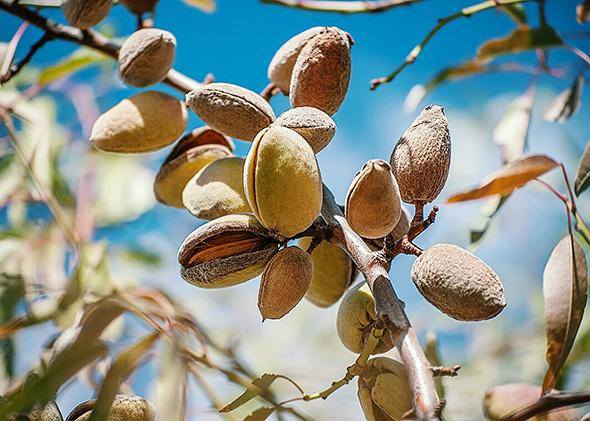



Article by: Hari Yellina
Although almond producers express concern that limits on bee movements could jeopardise millions of dollars’ worth of fruit, authorities remain optimistic about eliminating the varroa mite in NSW. Since the mite was discovered for the first time at the Port of Newcastle on June 22, about 19 contaminated properties have been located. From Sydney to Buladelah on the Mid North Coast, there are biosecurity zones designed to control the mite’s spread, and an additional zone was formed inland at Narrabri. In the already established Newcastle and Port Stephens biosecurity zone, further instances were discovered at Lambton and Ferodale. According to Chris Anderson from the NSW Department of Primary Industries (DPI), there is a good probability of eliminating the mite because all cases have close epidemiological connections.
In the situation at Narrabri, hives from the farm had been moved after being housed for months close to an infected location in the Newcastle region. Beekeepers continued to report the infestation, and NSW DPI investigators conducted investigations and designated a new emergency zone around the site, according to Dr Anderson. Anyone who purchased honeybees within the 50 km emergency warning zone surrounding the Port of Newcastle in the previous year is asked to report them, according to the agency. Community reporting will be crucial in facilitating and liberating honeybee movement throughout the whole of NSW, particularly around almond pollination, according to Dr Anderson.
Tim Jackson, chief executive of Almond Board Australia, stated that by the end of July, the billion-dollar crop of almonds would depend on bee activity. He said that one of the largest horticultural enterprises in the nation required the relocation of 300,000 beehives into orchards along the southern Murray-Darling basin before trees began to bloom in August. He told AAP, “There are very significant economic repercussions for beekeepers and almond growers if some form of agreement regarding the migration of bee hives is not reached by July 24. According to Mr. Jackson, the almond business could see production losses of $500 million if bees can’t be transferred in time for pollination. “You don’t have a commercial-sized crop if you don’t have pollination,” he remarked. In NSW, beekeepers are still prohibited from moving or caring for their hives. Under a weekend exception, honeybees and hives that have been impacted by flooding may be relocated to higher areas of the same land or within the same disaster zones.